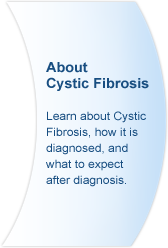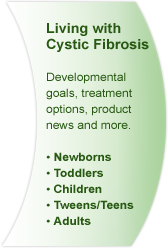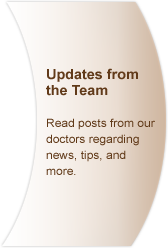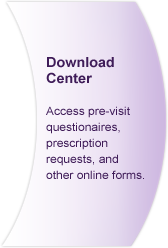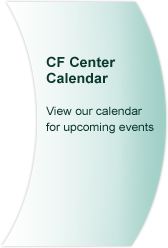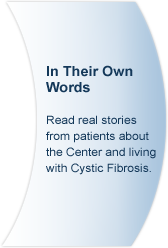|
|||||||
 |
 
Treatment OptionsPostural Drainage and PercussionPostural drainage and percussion (PD & P), also known as chest physical therapy, is a widely accepting technique for helping people with CF breathe with less difficulty and stay healthy. PD & P uses gravity and percussion to loosen the thick, sticky mucus in the lungs so it can be removed by coughing. Unclogging the airways is critical to reducing the severity of lung infections.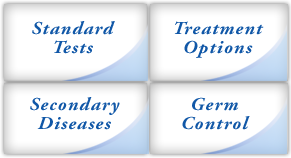 PD & P is an effective treatment for patients of all ages, and the drainage positions and procedures are similar for all patients. Adults and older children can perform many of the procedures themselves, but infants and younger children will need the help of a caregiver.
PD & P is an effective treatment for patients of all ages, and the drainage positions and procedures are similar for all patients. Adults and older children can perform many of the procedures themselves, but infants and younger children will need the help of a caregiver.PD & P is sometimes used along with other types of treatment, such as inhaled bronchodilators and antibiotics. Your CF treatment team will recommend a routine for you or your child. Draining the Lung SegmentsThe goal of PD & P is to clear mucus from each of the five lobes of the lungs by draining mucus into the larger airways so it can be coughed out. The right lung is composed of three lobes: upper, middle and lower, while the left lung has two lobes: upper and lower. The lobes are divided into smaller divisions called segments. The left and right upper lobes are made up of three segments each: apical, posterior and anterior. The left upper lobe also includes the lingual, which corresponds to the middle lobe on the right. The lower lobes each include four segments: superior, anterior, lateral basal and posterior basal.Each segment of the lung contains a network of air tubes, air sacs and blood vessels. These sacs allow for the exchange and carbon dioxide between the blood and air. These are the segments that PD & P seeks to drain. Performing PD & PThe performance of PD & P involves a combination of techniques including multiple bronchial drainage positions, percussion, vibration, deep breathing and coughing that help move mucus from the lungs to the throat. Once the person is in one of the several prescribed drainage positions, the caregiver performs percussion on the chest wall. After three to five minutes of treatment, sometimes followed by vibration over the same lung segment, the person is encouraged to huff or cough vigorously to expel the mucus, clearing the lungs.Here are detailed descriptions of some of the techniques used in PD & P:
Timing of PD & PSessions can last from 20 to 40 minutes and are best done before meals or at least 90 minutes after meals to minimize the chance of vomiting. Length and frequency of PD & P sessions should be increased if the person is more congested.Enhance Your ComfortThe person and the caregiver should both try to be comfortable during PD & P. Begin by removing tight clothing and jewelry and loosening any buttons or zippers around the neck, chest and waist. PD & P should not be performed on bare skin. In fact, an extra layer of clothing or a towel can be used to lessen any sting from percussion. Keep an ample supply of tissues on hand for coughing up mucus.EquipmentEquipment such as drainage tables and electrical percussors and vibrators may be helpful. Ask your care team for recommendation on equipment, which can be purchased from a medical equipment store. Caregivers can also create their own positioning equipment, using pillows, foam wedges, beanbag chairs and other items.Make PD & P Successful and Enjoyable
PD & P PositionsAdults and older children can perform many of the PD & P procedures by themselves, but younger children and infants require the help of a caregiver. Here are detailed descriptions of the drainage positions and procedures and the lung segments that they address.PD&P Positions for Infants / PD&P Positions for Children / PD&P Positions for Adults |
||||||
